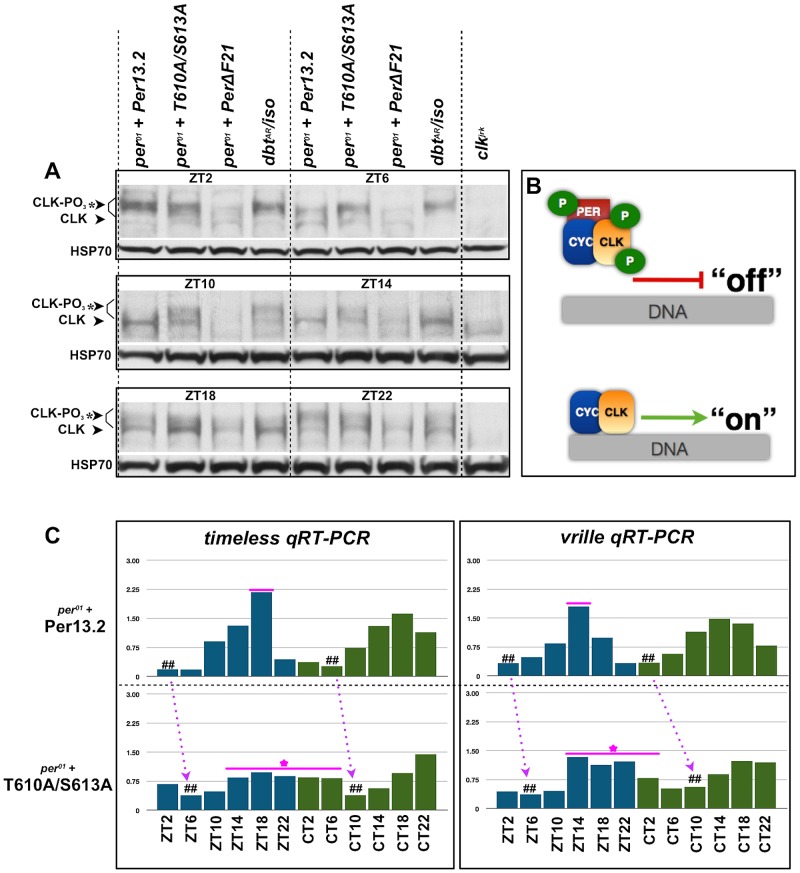Figure 7. The T610 and S613 mutations affect CLK phosphorylation and CLK-mediated transcriptional output.
(A) Head extracts were prepared from an equal number of per01 flies expressing a wild type per13.2 or PER-T610A/S613 transgene at the indicated time points. As a control to demonstrate CLK hypophosphorylation and hyperphosphorylation at each time point, we also prepared head extracts from per01 flies expressing a PER-ΔDBT (lacks DBT binding; line F21, a gift from Paul Hardin; [22]) or a catalytically compromised mutant form of DBT, dbtAR/+, respectively. At ZT2, CLK is exclusively hyperphosphorylated in both wild type and PER-T610A/S613A, consistent with low transcriptional output. By ZT6, CLK is partially de-phosphorylated in files expressing wild type PER, whereas CLK remains exclusively hyperphosphorylated in the double mutant. From ZT10–ZT14, CLK is exclusively hypophosphorylated in flies expressing the wild type transgene and becomes mostly hyperphosphorylated once again by ZT22. On the other hand, in double mutant flies, CLK is observed as a mixture of hypo- and hyperphosphorylated forms from ZT10–ZT22. (B) Diagram depicting the effects of CLK phosphorylation on transcriptional output. (C) Quantitative real-time RT-PCR was used to measure tim and vri mRNA levels in heads from flies expressing wild type per13.2 or PER-T610A/S613A at the indicated ZT and CT time points. Dashed arrows designate a shift in daily troughs of CLK-mediated output (number signs) between wild type and mutant flies, consistent with the long period phenotype. Magenta line+star represent delayed transcriptional repression and blunted transcriptional response in the double mutant. Data are representative of multiple independent experiments.

